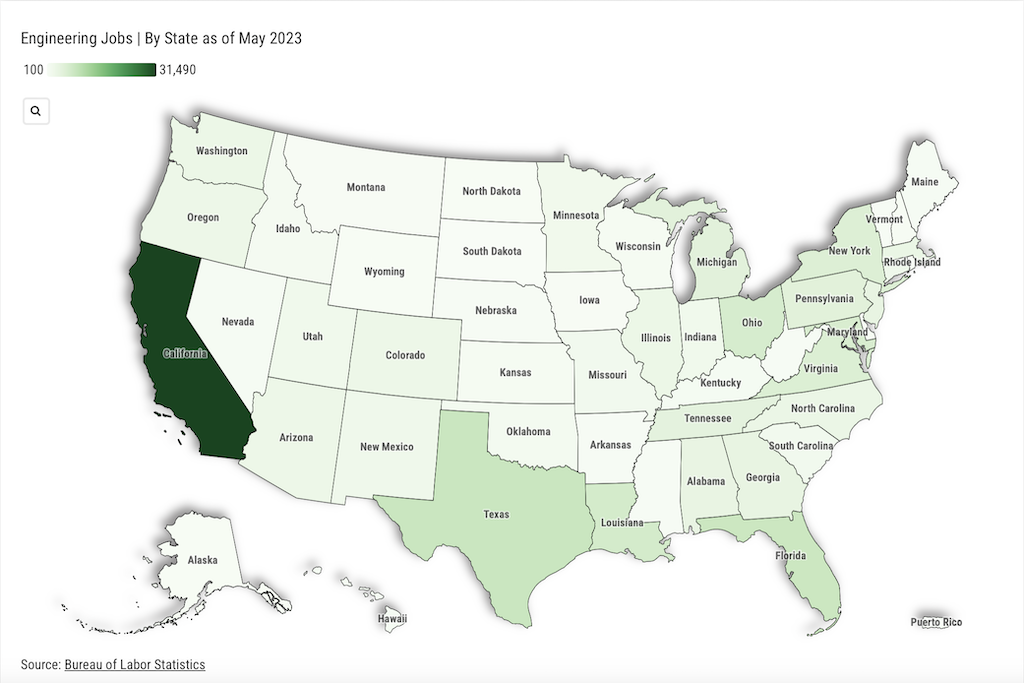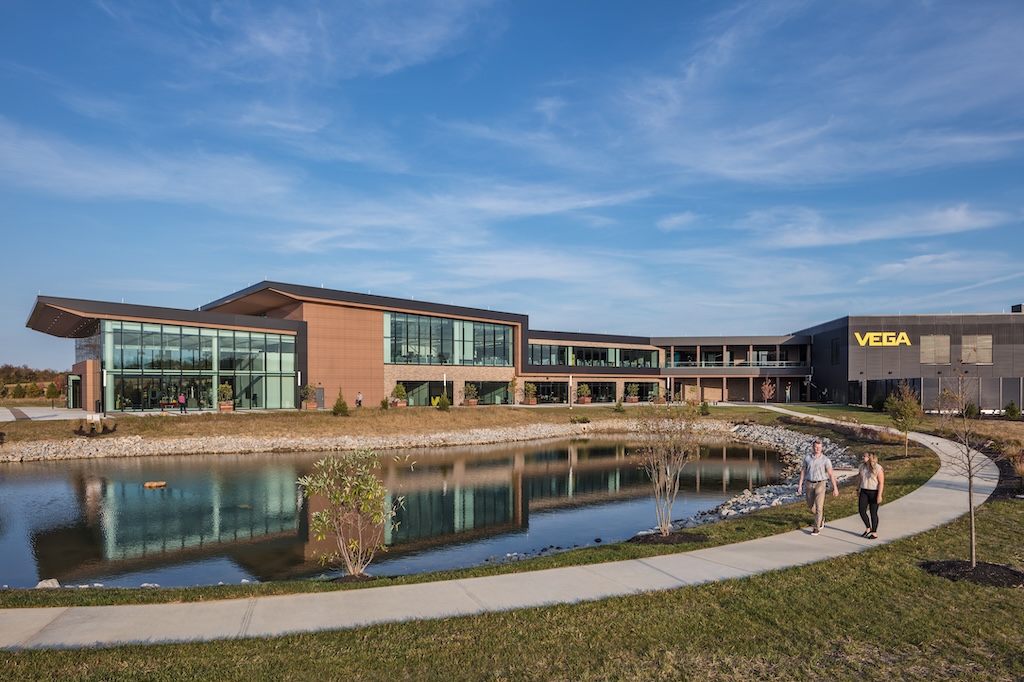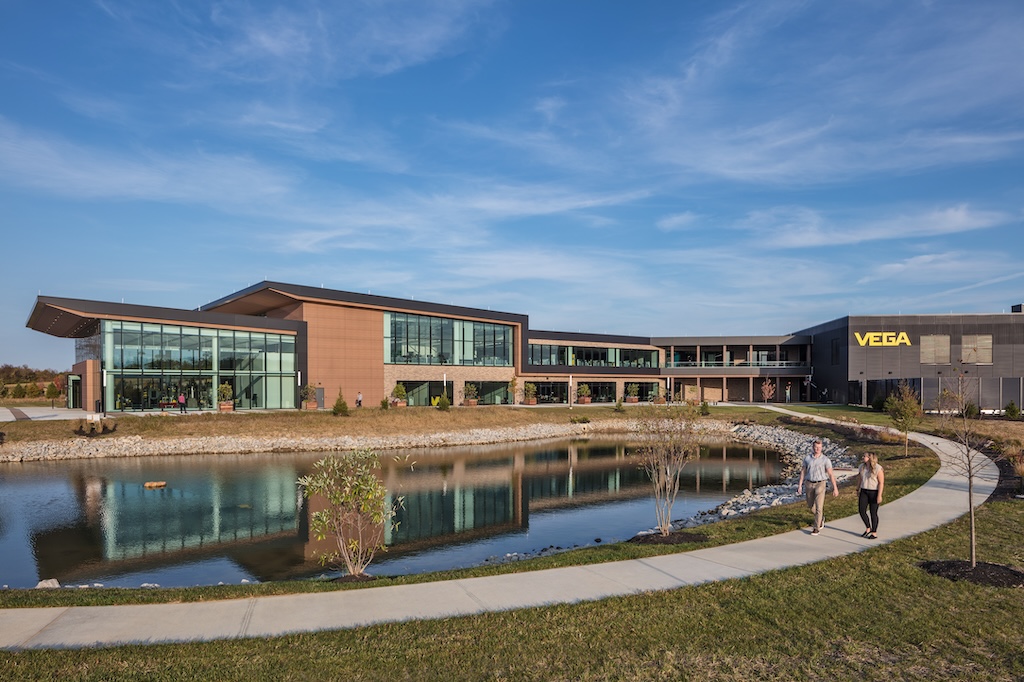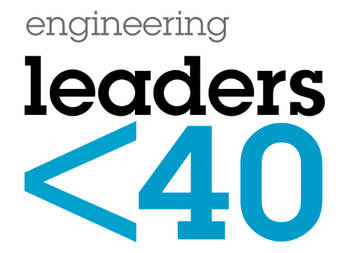A core policy priority for the National Association of Manufacturers is preparing a skilled workforce for the 21st century. It may seem odd to speak of a manufacturing labor shortage when we have lost millions of manufacturing jobs in recent years. After all, the state of America's economy and its workers is generally good, and our manufacturing sector continues to drive an ongoing recovery and...
A core policy priority for the National Association of Manufacturers is preparing a skilled workforce for the 21st century. It may seem odd to speak of a manufacturing labor shortage when we have lost millions of manufacturing jobs in recent years. After all, the state of America’s economy and its workers is generally good, and our manufacturing sector continues to drive an ongoing recovery and expansion.
The reality is that our member companies are telling us they have jobs going begging because they cannot find suitable workers. In a recent survey, 36% of our members said they had jobs unfilled today because of a lack of qualified applicants. What about tomorrow?
Manufacturing executives recently surveyed by the NAM ranked a “high-performing workforce” as the most important factor in determining their firms’ future success. A related study by the Labor Department showed that 85% of future American jobs will require advanced training, an associate’s degree or a four-year college degree. Only 15% of future jobs will be performed adequately with minimum skills.
Tomorrow’s jobs will go to those with education in science, engineering and math and to those with high-skill technical training. As current science and engineering workers are preparing to retire in the coming decades, the threat of a significant education and skills shortage looms.
Yet by next summer, 40% of our 2002 ninth graders will have either dropped out of high school altogether or will otherwise lack the skills needed for employment. U.S. primary and secondary schools need to do a better job of preparing students for college and graduate studies in math, science and engineering. Our high school students have been losing interest in these key subjects. Contrast this with China, for example, where there are 17 million university and advanced vocational students, most of them in science and engineering. China graduated 220,000 engineers last year — almost four times as many as the United States.
We must have a national workforce-development strategy that incorporates the concerted efforts of business, government and the American family. This strategy should include:
Improving secondary science and math teaching to foster better student performance
Reforming immigration policies to attract foreign math and science talent
Reversing the erosion of federally funded basic research in engineering, math, computer and physical sciences.
The share of federal research dollars going to these disciplines has been cut drastically, while the share going to life sciences has gone up. Research that can lead to cures for diseases is important, but if we neglect math, engineering and science, our economy may well develop a severe case of “innovation deficiency” from which it might not recover.
There is at least one encouraging note: The Commerce Department has, at the request of Congress, scheduled an important Innovation Summit for early December. The NAM is part of the steering committee planning this summit, and we’re eager to work with the key business leaders and policymakers who will come together to craft an action agenda for boosting R&D.
Now, while our economy is strong and we still have time to make necessary policy adjustments, we must act to keep U.S. workers — and our economy as a whole — on the leading edge of innovation and technology. Rome isn’t burning yet, but fiddling or doing nothing is not an option.



